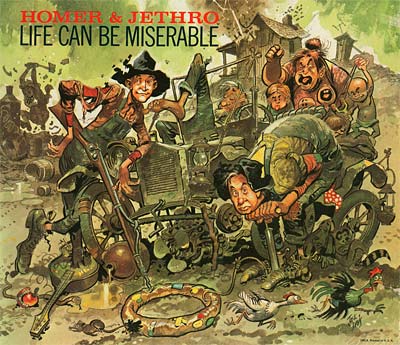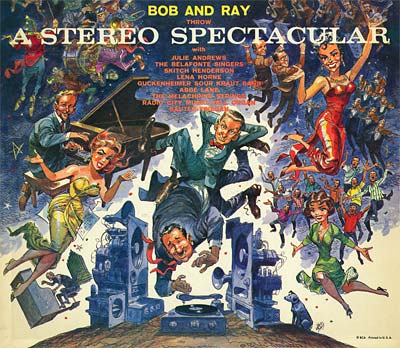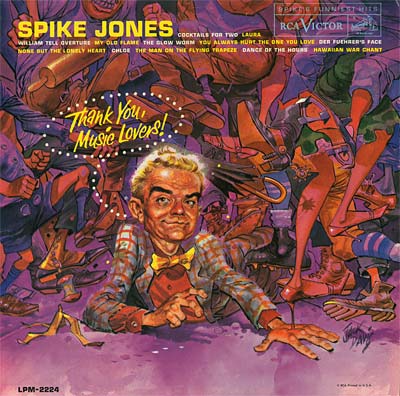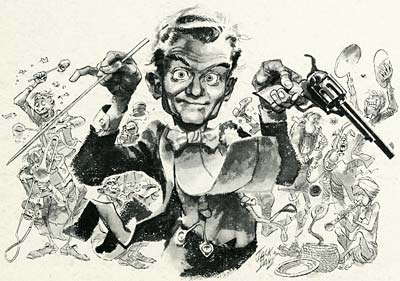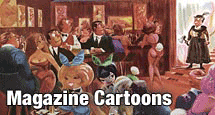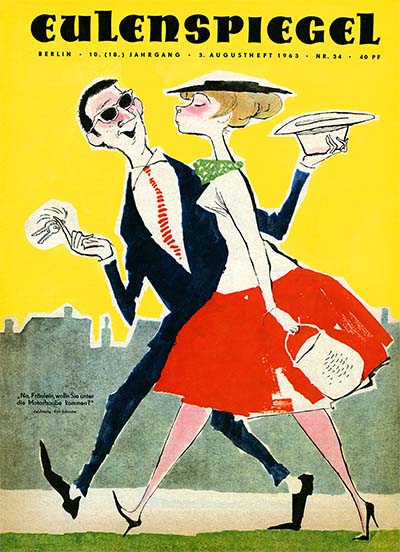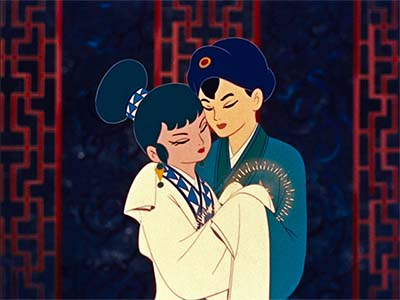LAST CALL! A new Reference Pack will replace this one this coming weekend. If you haven’t downloaded it yet, don’t delay. Do it today! If you aren’t a member yet, JOIN NOW and download the treasures right away.

Every other month, Animation Resources shares a new Reference Pack with its members. They consist of e-books packed with high resolution scans video downloads of rare animated films set up for still frame study, as well as podcasts and documentaries— all designed to help you become a better artist. Make sure you download this Reference Pack before it’s updated. When it’s gone, it’s gone!
MEMBERS LOGIN To Download
JOIN TODAY To Access Members Only Content
The latest Animation Resources Reference Pack has been uploaded to the server. Here’s a quick overview of what you’ll find when you log in to the members only page…
PDF E-BOOK:
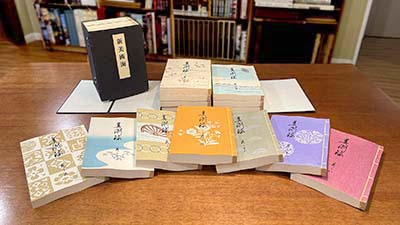
Shin-Bijutsukai

Volume One
Download this article
Those who are well-versed in the history of 19th century European art are aware of the impact that Japanese art had on Western painters. Artists like Gauguin. Van Gogh, Monet and Renoir adapted the Japanese style to establish the precepts of Impressionism. However, the intersection of traditional Japanese design and Western art wasn’t all in one direction. Japanese artists were influenced by art from Europe as well.
The pages of Shin-Bijustsikai overflow with ideas. Abstract forms are used to render volumetric depth, layers overlap with transparencies, and compositions and patterns are brilliantly balanced. The color palettes incorporate light and shade, and textures and gradients are executed expertly by means of complex print making techniques. Animation Resources was fortunate enough to gain access to a complete set of issues. We have referred to these amazing books to produce the ultimate digital set of Bijustsukai, which we will be sharing with our members over the next few years.
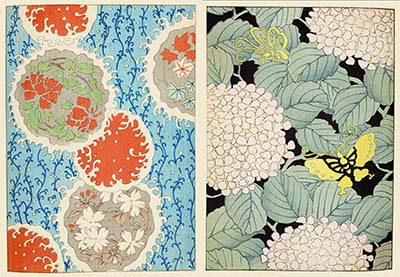
At the turn of the 20th century, Unsodo launched the greatest of all Japanese design magazines, Shin-Bijutsukai, whose title translated means “A New Ocean of Art”. The publication was edited by Furuya Korin and supervised by Kamisaka Sekka. Both taught at the Kyoto City University of the Arts and they were at the forefront of merging Japanese design with Art Nouveau.
SD VIDEO:

Lotte Reiniger’s Art

Harlequin (1931) / The Little Chimneysweep (1935) / Lotte Reiniger’s Kunst / Silhouette Art
Lotte Reiniger is one of the most important figures in the history of animation. She made the oldest surviving animated feature film, The Adventures of Prince Achmed, she pioneered the merging of animation and music, and developed a multi-plane camera stand over a decade before anyone in Hollywood built one.

Reiniger’s films are a fantastic model for an elegant way to merge motion and music seamlessly. Her puppets never feel flat or stiff, and their movements never feel limited. In fact, the characters are able to dance, run, jump and act as well as any animated character in any technique of animation. The staging is flat, yet she employs camera moves alternating left and right to create a visual rhythm to match the music. Even if the characters can’t move deeper into the stage in perspective, Reiniger pushes background elements into the distance below her camera platen to give a feeling of depth. The timing is so natural and specific to the character. She is expressing personality with the way the character moves.
We are including two short documentaries on Reiniger in this RefPack. They are in German without subtitles, but they show her at work in her studio and give us a peek at her camera stand, the tools she used to manipulate the puppets, and a brief glimpse of her exposure sheets.
MEMBERS LOGIN To Download
JOIN TODAY To Access Members Only Content
SD VIDEO:
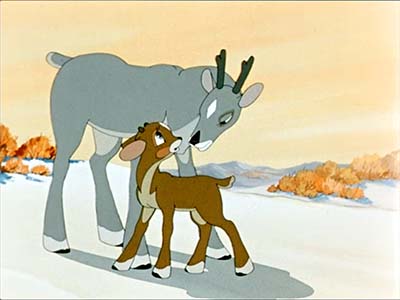
The Brave Little Deer

Leonid Aristo & Olga Khodatayeva / Souyzmultfilm, Russia / 1957
Download this article
Based on a story by E. Frejberg, "The Brave Little Deer" tells the story of a faun named Tangene and her child Aikho as they lag behind the herd and find themselves in danger. Perhaps as a contrast with Disney’s Bambi, Aikho rescues his mother from death instead of witnessing her death like in the Disney film.
The animation in this film is remarkable, and it shows skills developed over decades of work creating animation. The animation is often more sophisticated than the animation in Bambi because it is clearly posed and not dependent on live action reference for the more complex movement. I think you’ll be impressed by the high level of draftsmanship in this film.
HD VIDEO:

The Owl & The Pussycat

Halas & Batchelor / England / 1952
Based on the nonsense poem by Edward Lear, "The Owl & The Pussycat" was one of the earliest animated films intended to be screened in stereoscopic 3D. The film was shot twice, once for each eye, necessitating meticulously planned and executed camera work. The design and color are gorgeous, and even though the animation is simplified because of the necessities of 3D, it is stylized and snappy.
Halas & Bachelor produced hundreds of animated films in its nearly half century in existence, and it was at the forefront of the development of long form animation for adults. Even though the content of "The Owl & The Pussycat" isn’t groundbreaking, it is pure eye candy. It shows that striking design and color can raise a film to greatness all on its own.
MEMBERS LOGIN To Download
JOIN TODAY To Access Members Only Content
SD VIDEO:
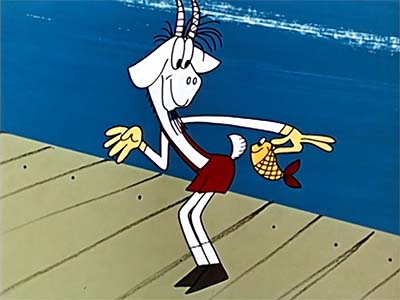
Koziolik Matolik in “Regatta”

Leonard Pulchny / Studio Miniatur Filmowych, Poland / 1968
Koziolek Matolek was created in 1933 as a character in Polish comic books. The idea behind the character is a bit surreal, and might seem odd to us in America… Koziolek Matolek is a goat who undertakes a quest to find Pacanow, a town where he has heard that they make shoes for goats. His travels take him to the ends of the Earth and throughout time from the jungles of Africa to medieval Europe to the Wild West. Although the character’s adventures have been well known for generations in Poland and are a staple of children’s literature there, I don’t believe any of the stories, comics or cartoons have ever been translated and distributed outside of that country.
The cartoons were directed by a variety of animators, and the character looks a bit different in each of the individual director’s episodes. The focus is on funny movement and expressions, all while maintaining an admirable level of clarity and economy. This series is a model of what internet cartoons could be.
SD VIDEO:

Extraordinary Ataro Ep. 73 & 75

Fujio Akatsuka / Toei / Japan / 1967
Fujio Akatsuka was a manga artist with two popular features in Weekly Shonen Magazine, "Genius Bakabon" and "Osomatsu-Kun". These took the form of longer monthly installments and were very popular, but they left Weekly Shonen without a popular title in the intervening weeks. They Akatsuka to create a new weekly series, and even though he hadn’t even come up with a title, characters or story, Toei signed on to create an anime series based on the unmade manga.
Akatsuka had the luxury of creating any kind of story he wanted. Inspired by Michael Powell’s A Matter Of Life And Death he decided to include ghost characters. He believed that Japanese children were spoiled, so he created the title character, Ataro to be strong-willed and determined. Along with his father, Ataro ran a grocery shop. Since he had started with no predetermined direction for the story, Akatsuka was free to add characters and remove them, keeping an eye on the reaction of the audience. One such improvisation was to turn an ordinary cat character into and anthropomorphic talking funny-animal named Nyarome. With this change, the tone shifted from being the story of a family and their community to being a slapstick comedy. Eventually, Ataro was absent, and Nyarome was leading the show. The episodes we have selected to share are from the last incarnation of the show, and it features some eye popping beatings and gunfire.
MEMBERS LOGIN To Download
JOIN TODAY To Access Members Only Content
SD VIDEO:
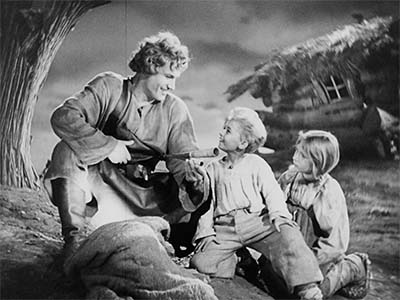
Das Zauberkorn

Fyodor Fillipov and Valentin Kadochnikov / Russia / 1941
Download this article
As Hitler invaded more and more of Europe, audiences in the United States were disheartened about the state of the world. They craved an escape from the distressing news of the day and the movies provided it. The American film studios began producing lavish fantasy films in Technicolor… The Wizard of Oz, The Blue Bird, Arabian Nights, Robin Hood… and Walt Disney’s Snow White and the Seven Dwarfs. These were among the last American films seen in Europe, because once America entered the war, it put an end to European distribution of Hollywood pictures.
Russian animators produced dozens of lavish animated fairy tale features in the years following the war. One of the earliest of these films was The Magic Seed (1941), directed by Fyodor Fillipov and Valentin Kadochnikov. The parallels between this film and The Wizard Of Oz are obvious, and following its German theatrical release in 1948 and its first TV broadcast there in 1954, the film became an annual tradition, like The Wizard Of Oz did on American television. It’s a remarkably imaginative film incorporating hand drawn animation, stop motion, elaborate forced perspective sets, lavish makeup and costumes, and a variety of special effects.
ANALYSIS:
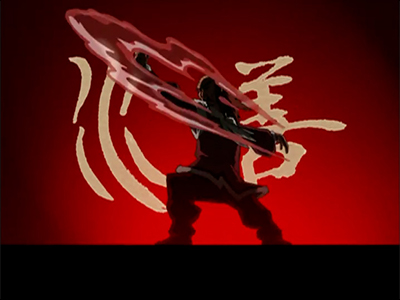
Fluids

Curated By David Eisman
Download this article
This time, Animation Resources Board Member David Eisman dives into a deep subject— Fluids! The wave principle, as discussed in previous refpacks, is a system animators can implement to model the movement of waves. In animation, the wave principle refers to the transformation between s-curves— specifically, the inbetweens needed to morph one s-curve to an s-curve of opposing direction and orientation.
There are many ways to compose a fluid simulation, and many components from which to choose. One may wish to keep the sequence simple and draft one singular body of water that moves in a controlled wave. On the other hand, the animator may wish to craft something needing thousands of individual brush strokes to capture the violence of a whale’s impact against an ocean. As always, be sure to flip through each breakdown frame by frame while reading the article.
MEMBERS LOGIN To Download
JOIN TODAY To Access Members Only Content
VIDEO PODCAST:

Sandro Cleuzo Interview

Animated Discussions 016 / Hosted by Davey Jarrell with Sandro Cleuzo
Download this article

 Sandro Cleuzo has been an animator and character designer for nearly 40 years. He has animated on some of your favorite movies including The Iron Giant, Tarzan, Anastasia, Fantasia 2000, The Emperor’s New Groove, Curious George, Enchanted, Princess and the Frog, Klaus, Space Jam 2, Kung Fu Panda 4, and many others. He also worked as a visual development artist on the new Ultraman: Rising on Netflix and a character designer on several episodes of the Disney series Penn Zero. He’s currently working on a new game directed by the team that made Cuphead. Listen to Sandro talk all about what inspires his animation and creative process in the latest episode of Animated Discussions!
Sandro Cleuzo has been an animator and character designer for nearly 40 years. He has animated on some of your favorite movies including The Iron Giant, Tarzan, Anastasia, Fantasia 2000, The Emperor’s New Groove, Curious George, Enchanted, Princess and the Frog, Klaus, Space Jam 2, Kung Fu Panda 4, and many others. He also worked as a visual development artist on the new Ultraman: Rising on Netflix and a character designer on several episodes of the Disney series Penn Zero. He’s currently working on a new game directed by the team that made Cuphead. Listen to Sandro talk all about what inspires his animation and creative process in the latest episode of Animated Discussions!

As a special thank you to our annual General and Student members, we have created a special page where we will archive past Reference Packs. There will be a new rerun of a complete RefPack between the new ones.
ANNUAL MEMBER BONUS ARCHIVE

Available to Student and General Members
REFPACK029: August / September 2019
PDF E-BOOK:
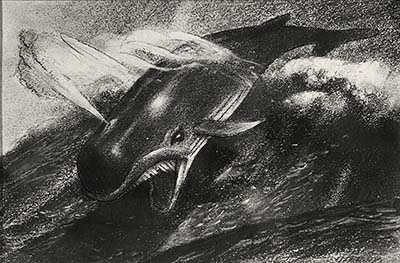
Toby Bluth Storyboard Collection

Fantasia / Pinocchio (1940)
In his later years Toby Bluth would refer to the first five Disney animated features as his greatest inspirations. His intense love led to a close study of these films, and their influence can be seen in just about everything he created in his life. Even his home, with its wooden corbels and stained glass windows, were reminiscent of something out of Pinocchio.
This collection of storyboards is a vivid example of the sort of reference material that inspired and influenced Toby’s art. They were his most prized posessions. The clarity of staging and lighting in the early Disney features is something Toby always strived for in his own work. When explaining the appeal of his drawings and watercolor paintings he would refer to the importance of light and air. He would often refer to chiaroscuro, the treatment of light and dark, and its importance to his technique.
Click to access the…
Annual Member Bonus Archive

Downloads expire after October 2024
HD QUALITY VIDEO:
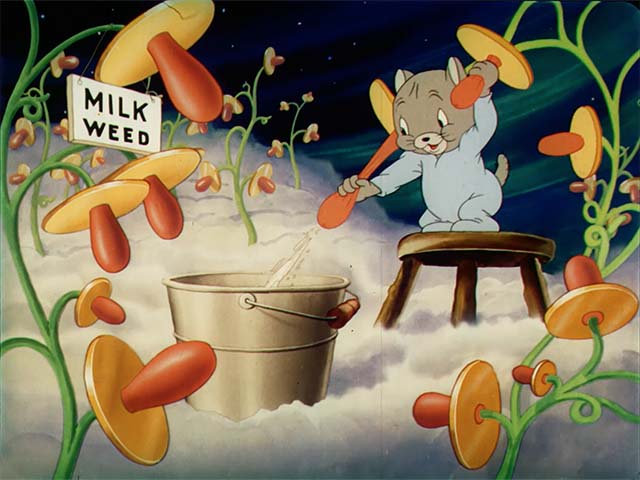
Milky Way
MGM / Rudolph Ising / 1940
The two Harman-Ising films we are sharing in this Bonus RefPack represent the best of Harman and Ising’s work. “Milky Way” was the first non-Disney animated short to be awarded an Oscar, winning over the first Bugs Bunny cartoon and the first of the Tom & Jerry shorts. It richly deserved the honor. The lushness of the production values rivals the most elaborate of Disney’s shorts. In particular note the solidity of the drawing by Mike Lah, Pete Burness and Ray Abrams, the brilliant color palettes of the backgrounds, and the spectacular effects animation. Many of the shots in this short consist of pans with action beginning in one end of the pan and tracking it through to the other end. This contributes to the forward momentum of the film and prevents it from dragging like so many other Harman-Ising cartoons.
SD QUALITY VIDEO:
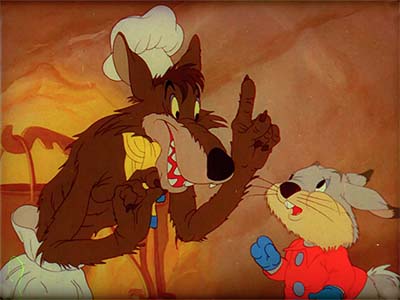
The Hungry Wolf
MGM / Hugh Harman / 1942
The other MGM film we are featuring, “The Hungry Wolf” is unique to the Harman-Ising filmography. Produced at the very end of the directing partners’ tenure at MGM, the animation staff includes many of the finest artists ever to work at the studio… in particular, Irv Spence, Ken Muse, Jack Zander and Pete Burness. When this film was made, Rudy Ising had already left MGM to open his own studio. Soon after, Rudy Ising would resign to join the Army Air Force’s First Motion Picture Unit.
A while back, I received a phone call from Ralph Bakshi asking me about this film. He had stumbled across it on YouTube and was blown away. He praised the power and guts of the animation- clarity and directness of purpose quite different than the typical “lily gilding” and excessive polish common in Harman-Ising cartoons. Ralph pointed at a few scenes in particular and asked who the animator was. It turned out to be Bill Tytla, who was picking up work with MGM after the Disney strike. Ralph insisted I share this film with all of you so you can study it too. Here it is!
Click to access the…
Annual Member Bonus Archive

Downloads expire after October 2024
DVD QUALITY VIDEOS:

Five Films By Len Lye

Tusalava (1929) / Kaleidoscoper (1935) / Rainbow Dance (1936) / Doing The Lambeth Walk (1939) / Musical Poster No. 1 (1940)
Whenever we post experimental films on Animation Resources, inevitably I am asked how any of this relates to what character animators do. Artists will say that abstract animation is interesting, but they don’t see how it applies to their own work. Nothing can be further from the truth. Animation is more than just creating characters and telling stories. Comics and illustration have characters and stories, but the thing that makes animation unique is the element of time. Len Lye strips away all of the narrative and figurative elements and focuses entirely on rhythm and the visual representation of music. Few other animated films are as concentrated when it comes to this kind of unity of sound and image. Lye was essentially distilling animation down to the one thing that makes the medium totally unique.
When I was first becoming interested in animation in the early 1980s, there was a Len Lye retrospective where many of his films were screened for the first time. I attended the screening and was amazed to look around the audience… it was a virtual who’s who of animators from Disney, Warner Bros, MGM and every other major animation studio. These great animators thought there was something to learn from these films. You should too.
Click to access the…
Annual Member Bonus Archive

Downloads expire after October 2024
If you are currently on a quarterly membership plan, consider upgrading to an annual membership to get access to our bonus page with even more downloads. If you still have time on you quarterly membership when you upgrade to an annual membership, email us at…

membership@animationresources.org
…and we will credit your membership with the additional time. These bonus downloads expire after November 1st, 2024.
MEMBERS LOGIN To Download
JOIN TODAY To Access Members Only Content
Whew! That is an amazing collection of treasures! The most important information isn’t what you already know… It’s the information you should know about, but don’t know yet. We bring that to you every other month.
THIS IS JUST THE TIP OF THE ICEBERG!
Animation Resources has been sharing treasures from the Animation Archive with its members for over a decade. Every other month, our members get access to a downloadable Reference Pack, full of information, inspiration and animation. The RefPacks consist of e-books jam packed with high resolution scans of great art, still framable animated films from around the world, documentaries, podcasts, seminars and MORE! The best part is that all of this material has been selected and curated by our Board of professionals to aid you in your self study. Our goal is to help you be a greater artist. Why wouldn’t you want to be a member of a group like that?
Membership comes in three levels. General Members get access to a bi-monthly Reference Pack as well as a Bonus RefPack from past offerings in the in-between months. We offer a discounted Student Membership for full time students and educators. And if you want to try out being a member, there is a Quarterly Membership that runs for three months.
JOIN TODAY!
https://animationresources.org/membership/levels/
FREE SAMPLES!
Not Convinced Yet? Check out this SAMPLE REFERENCE PACK! It will give you a taste of what Animation Resources members get to download every other month! That’s 560 pages of great high resolution images and nearly an hour of rare animation available to everyone to download for FREE! https://animationresources.org/join-us-sample-reference-pack/


 Animation Resources depends on your contributions to support its projects. Even if you can’t afford to join our group right now, please click the button below to donate whatever you can afford using PayPal.
Animation Resources depends on your contributions to support its projects. Even if you can’t afford to join our group right now, please click the button below to donate whatever you can afford using PayPal.









 by
by 
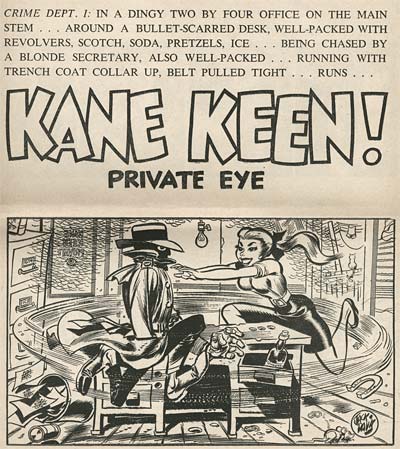
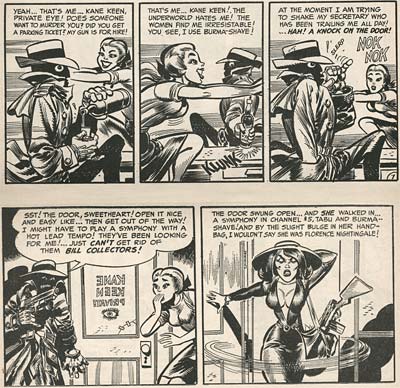
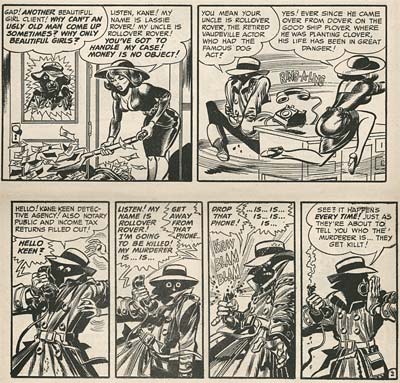
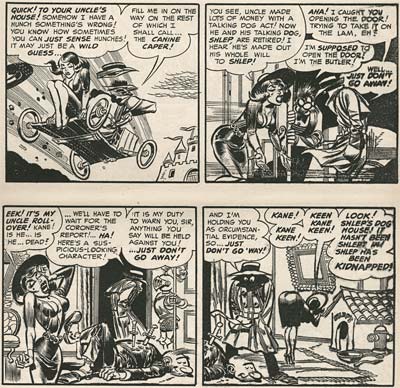
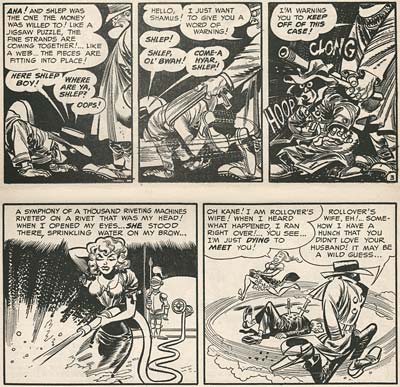
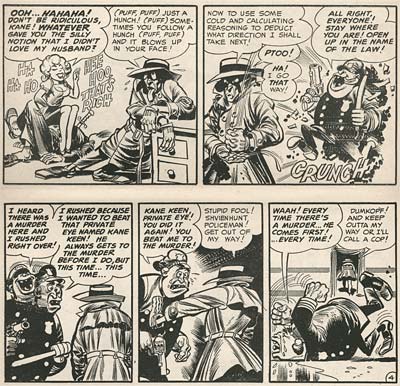
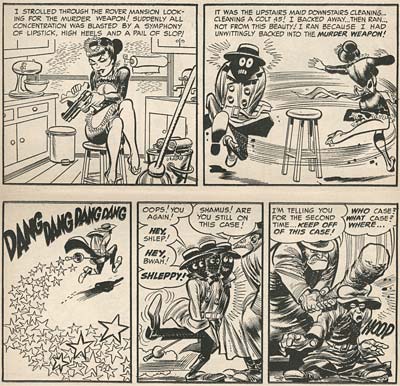
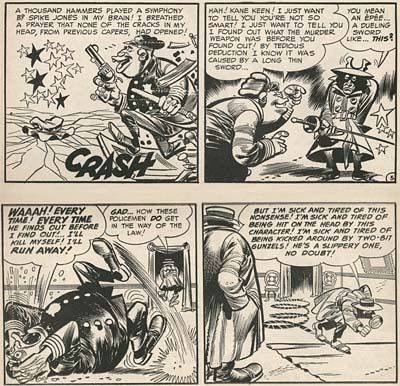
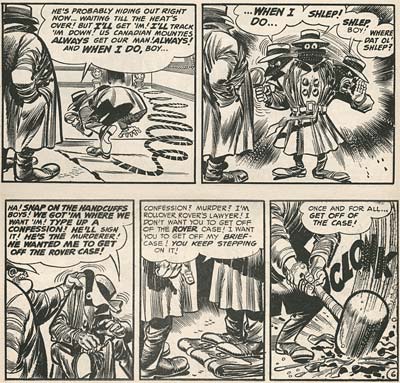
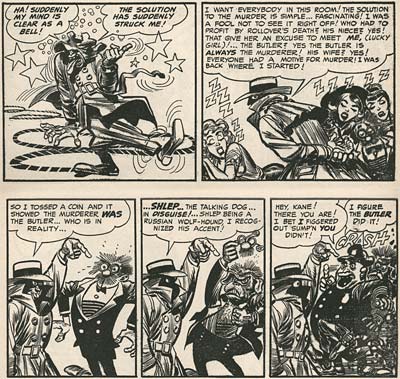
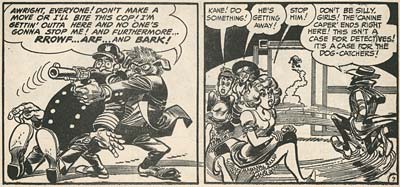
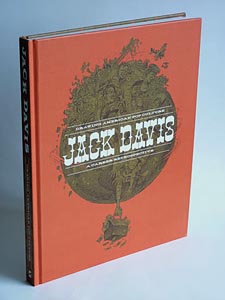
![]() Jack Davis: Drawing American Pop Culture: A Career Retrospective
Jack Davis: Drawing American Pop Culture: A Career Retrospective is a gigantic career-spanning retrospective, between whose hard covers resides the greatest collection— in terms of both quantity and quality— of Jack Davis’ work ever assembled! It includes work from every stage of his long and varied career. Much of the material has been scanned directly from original art, showing the painterly brush strokes and pen work. Many illustrations are accompanied by preliminary drawings that demonstrate the evolution of Davis’ drawing process. Recommended!
![]()
![]() Animation Resources depends on your contributions to support its projects. Even if you can’t afford to join our group right now, please click the button below to donate whatever you can afford using PayPal.
Animation Resources depends on your contributions to support its projects. Even if you can’t afford to join our group right now, please click the button below to donate whatever you can afford using PayPal.














